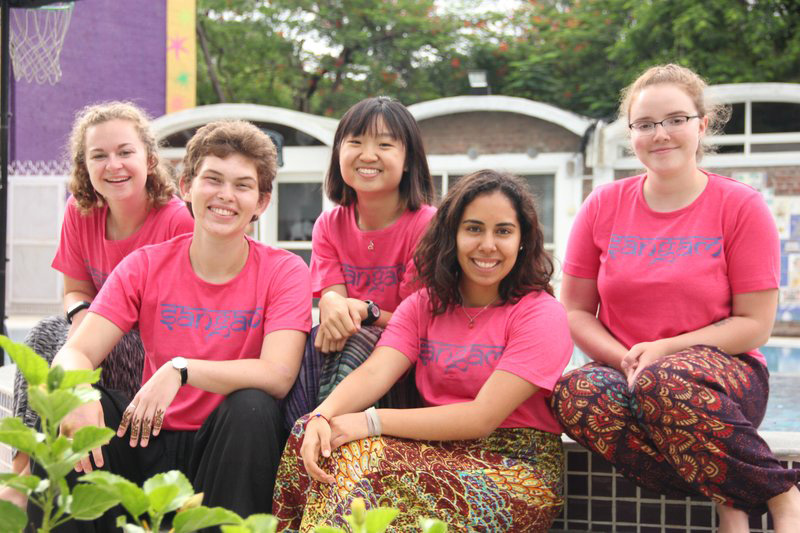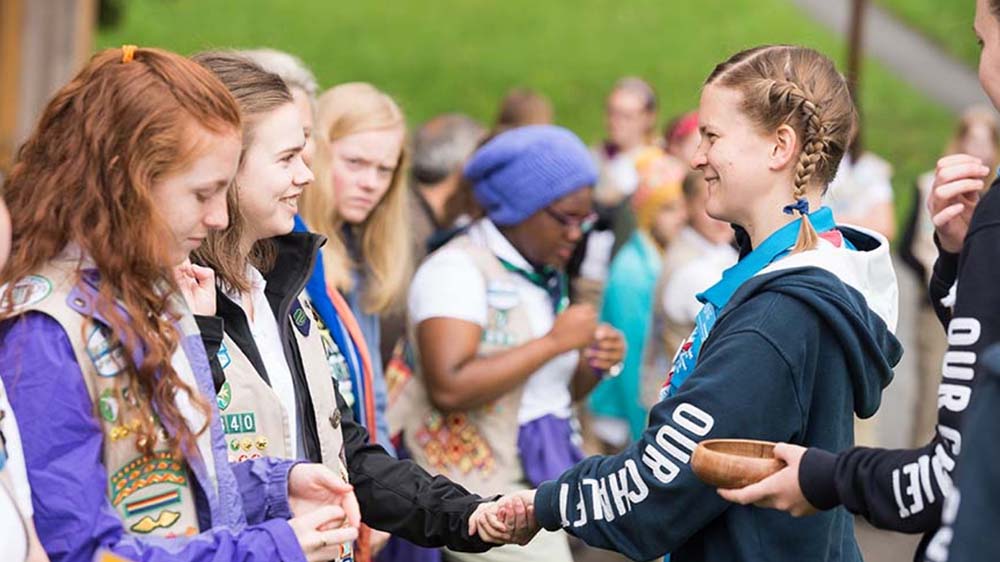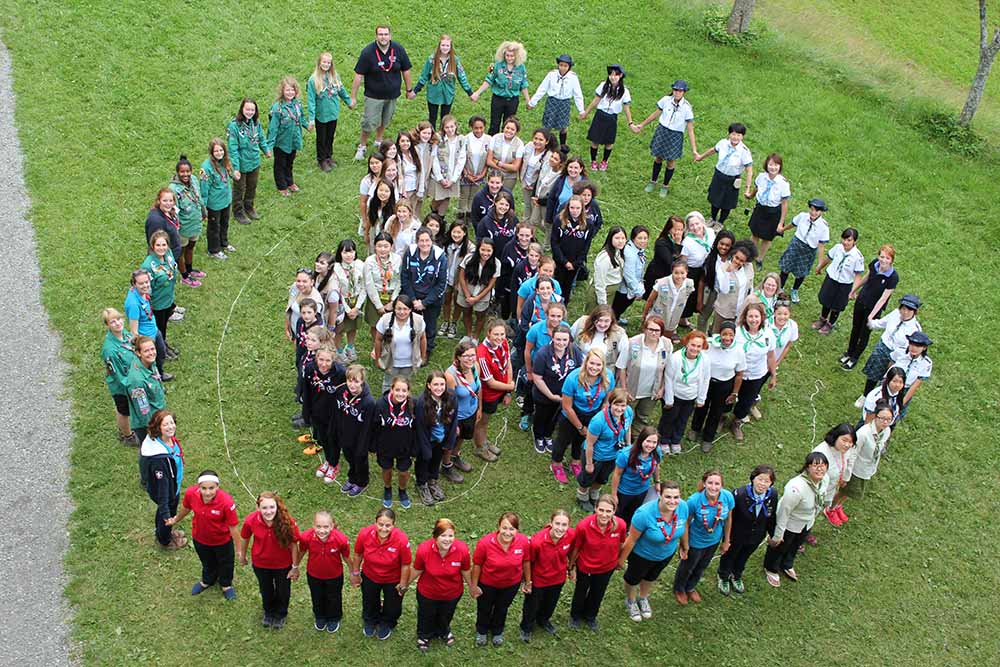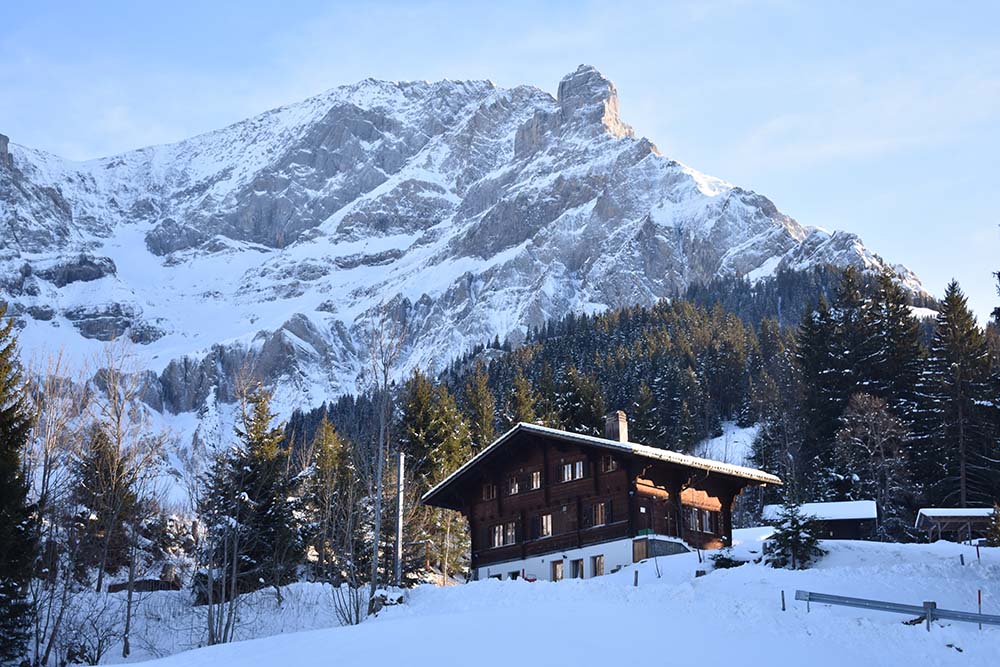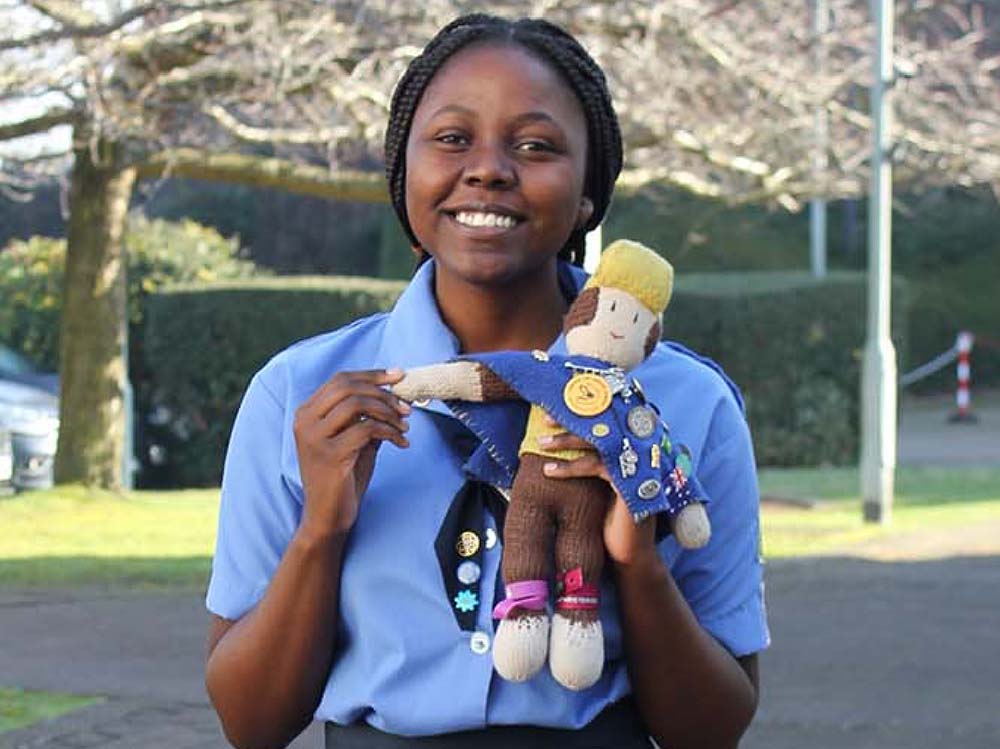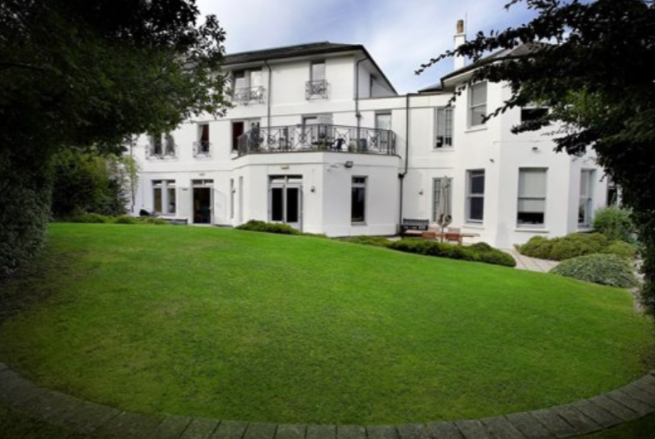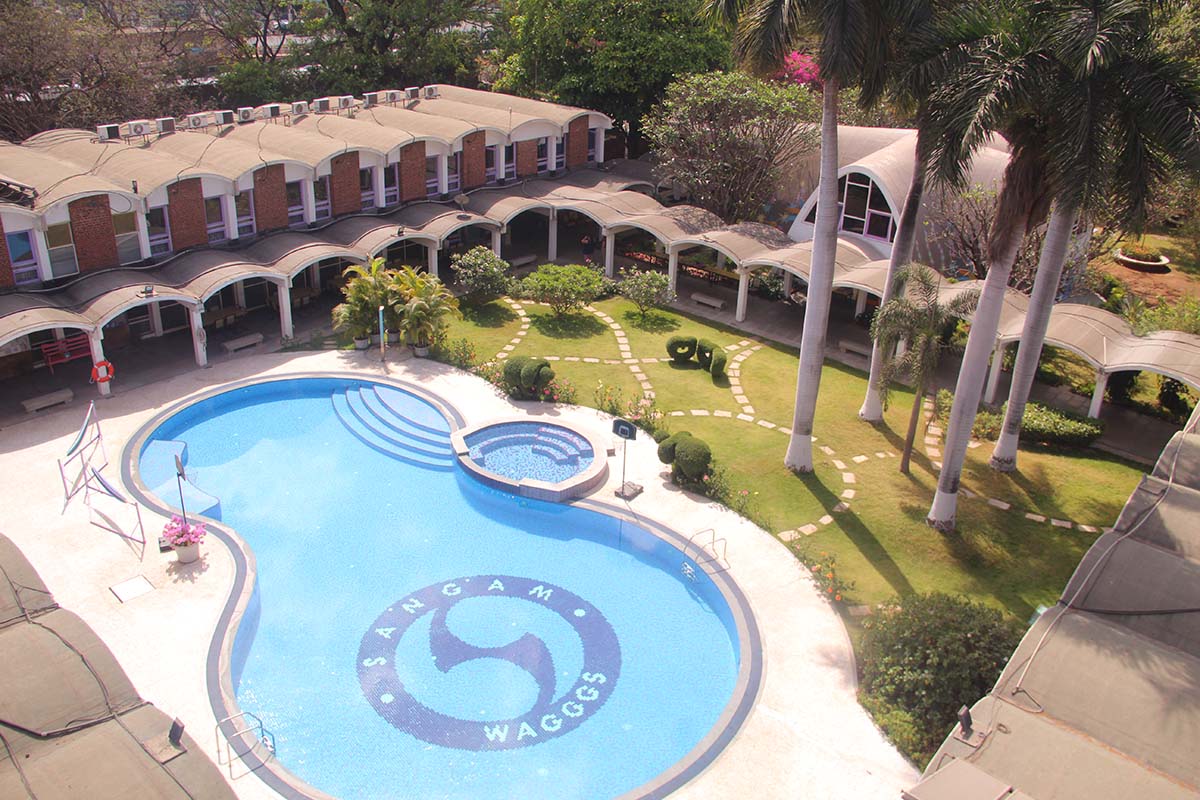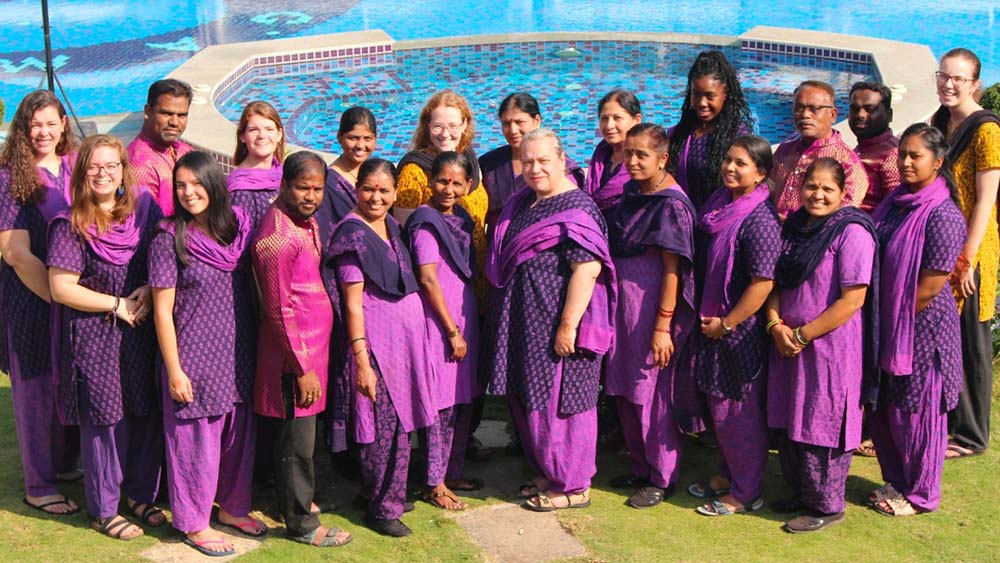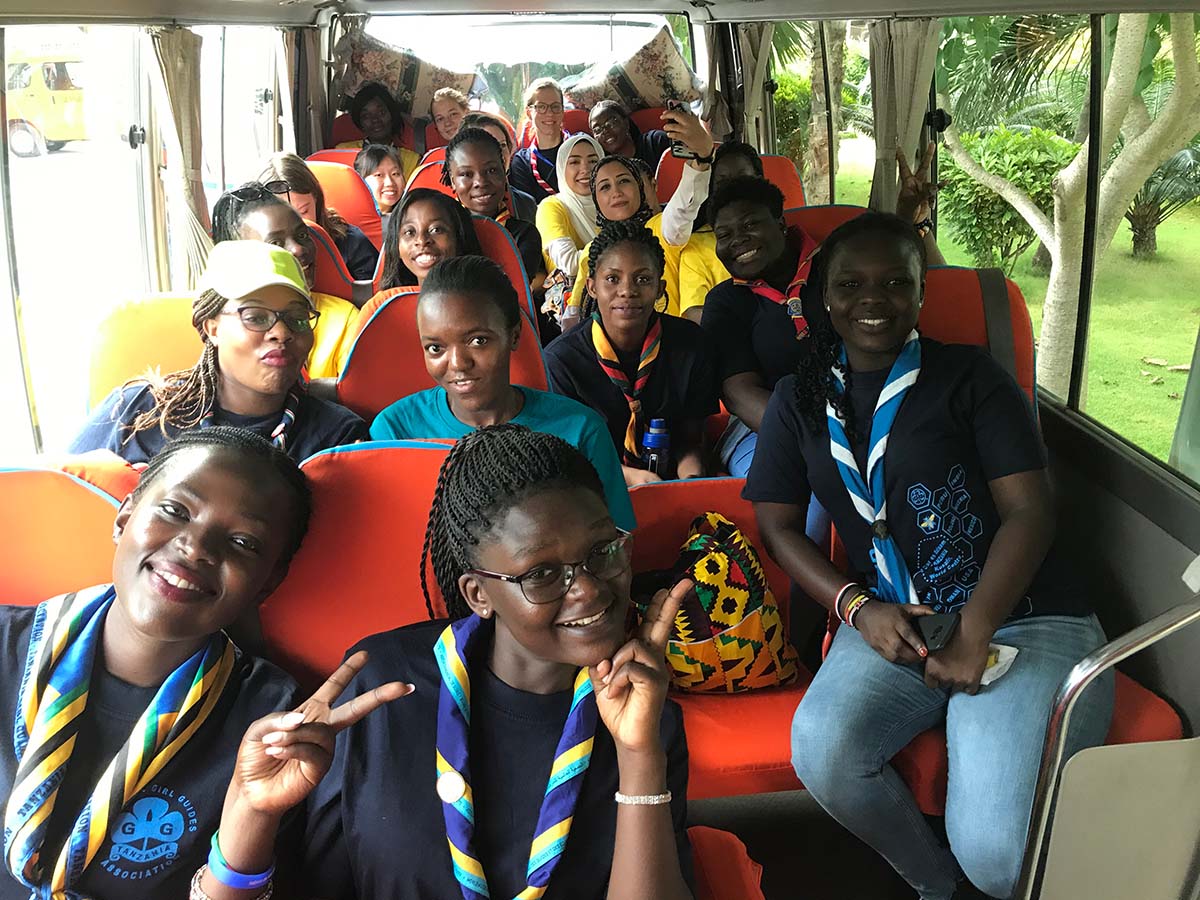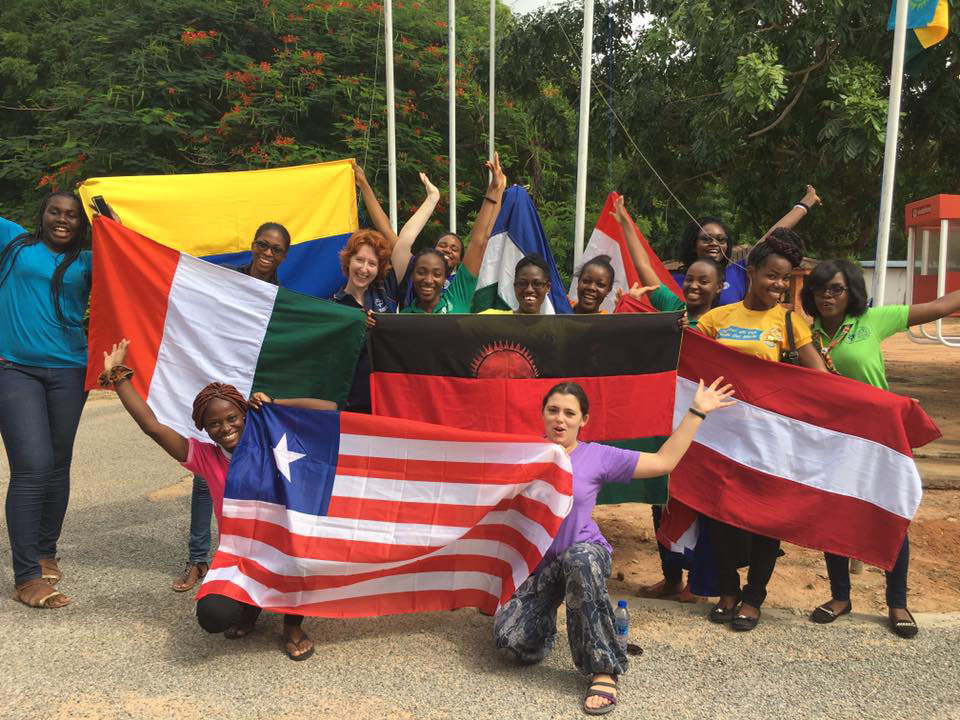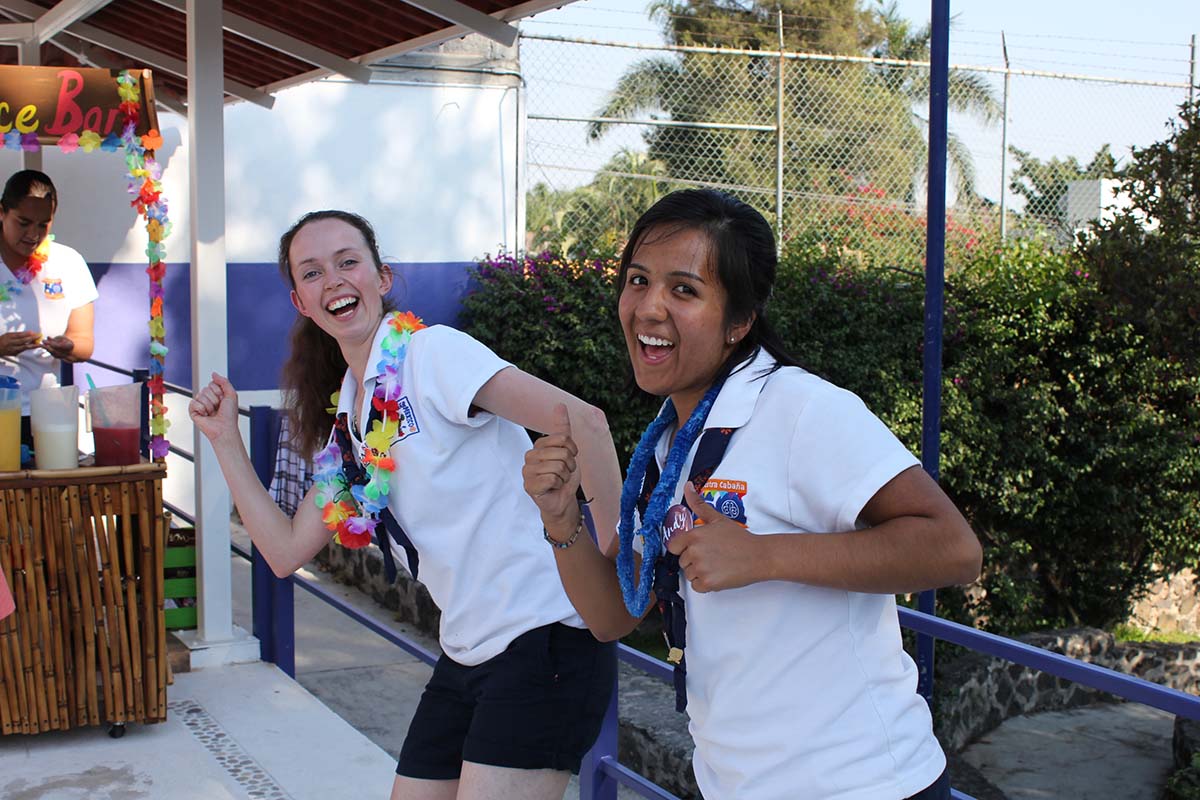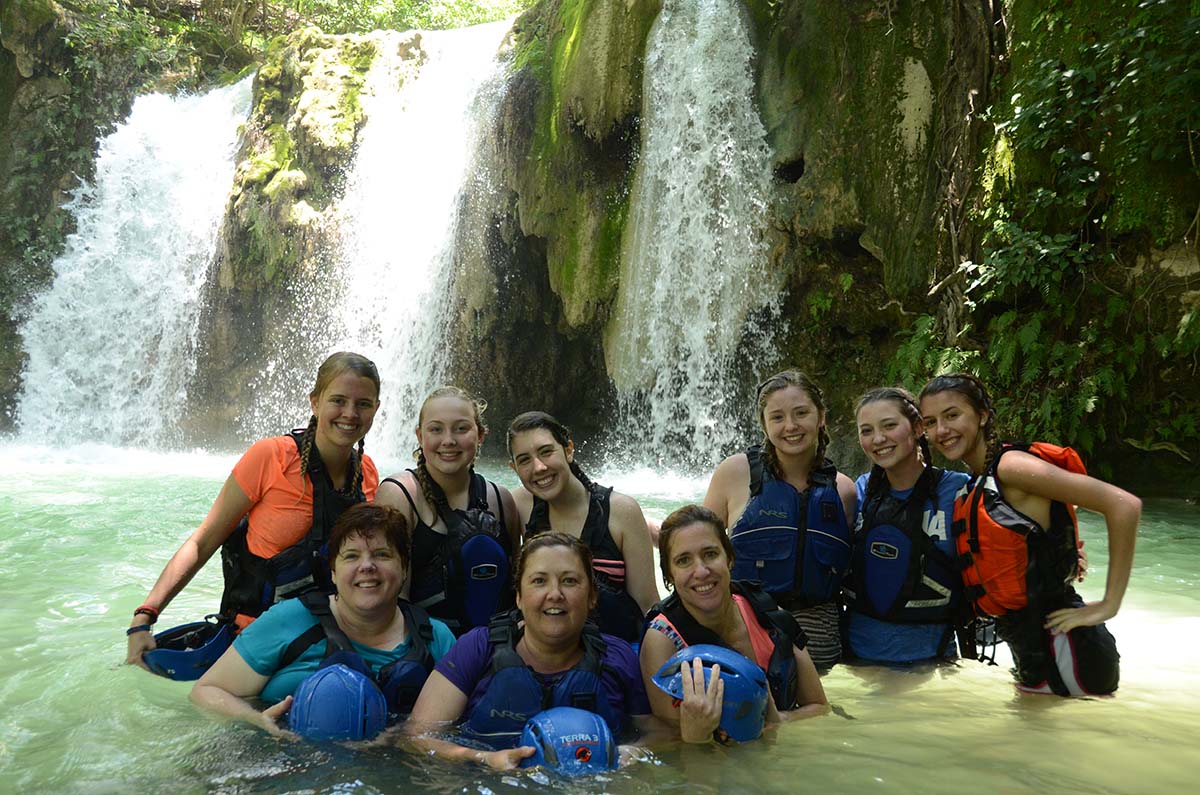World Centres / Our Chalet / About Us / Story of Our Chalet
The FOUNDING of our chalet
In 1929, WAGGGS’ World Committee met in the Netherlands and decided that a World Centre should be built for all Girl Guides and Girl Scouts around the world to share. In 1932, Our Chalet became the first WAGGGS World Centre.
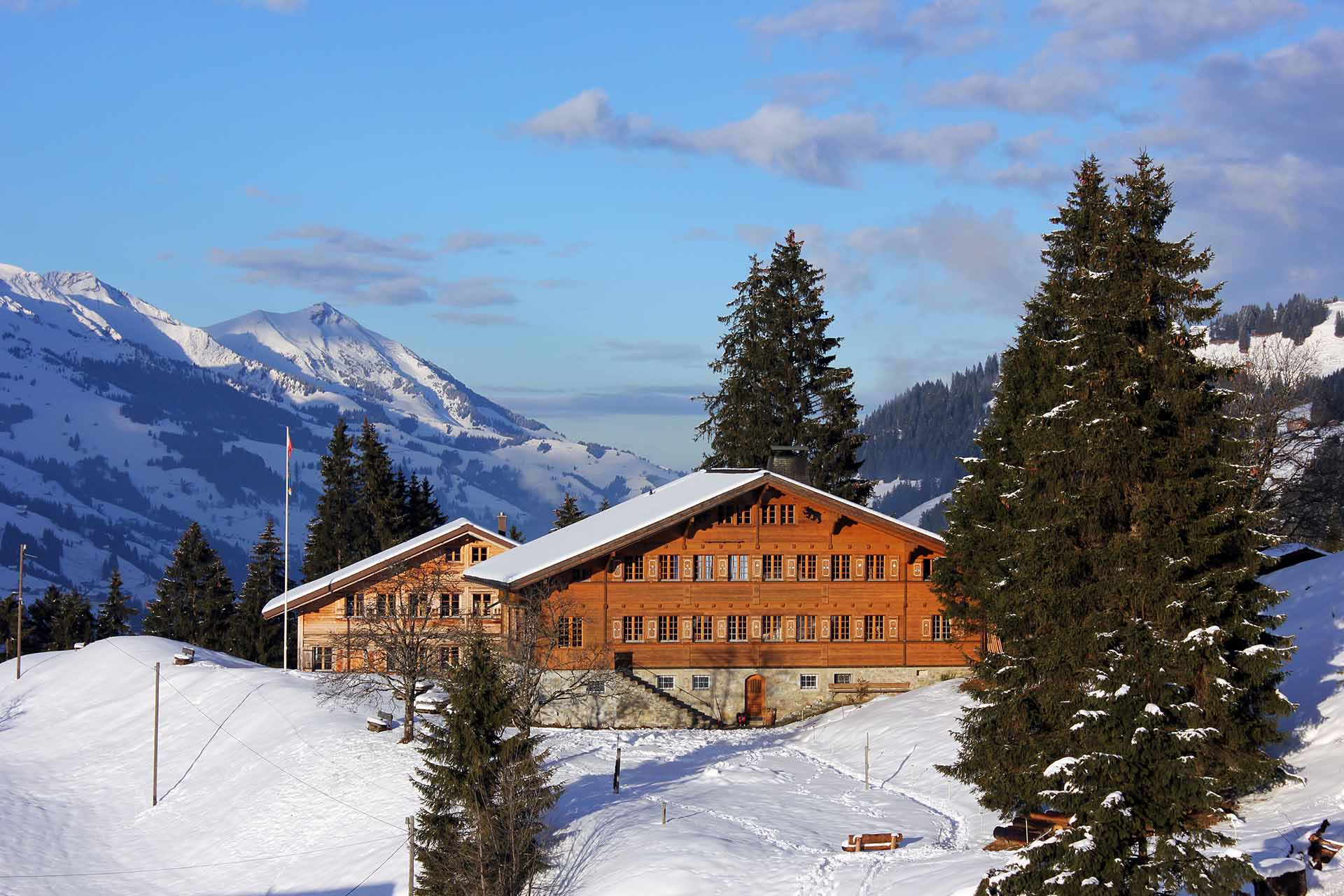

OUR
FOUNDer
HELEN STORROW
Helen Storrow, a Girl Scout leader from the USA, offered to donate the money for the construction and the first four years of operation of the World Centre, as long as it was built in Switzerland. The World Committee agreed and appointed a Swiss Scout, Ida Von Herrenschwand, or Falk as she was known, to help Helen Storrow find the perfect location in Switzerland.
CHOOSING A SITE
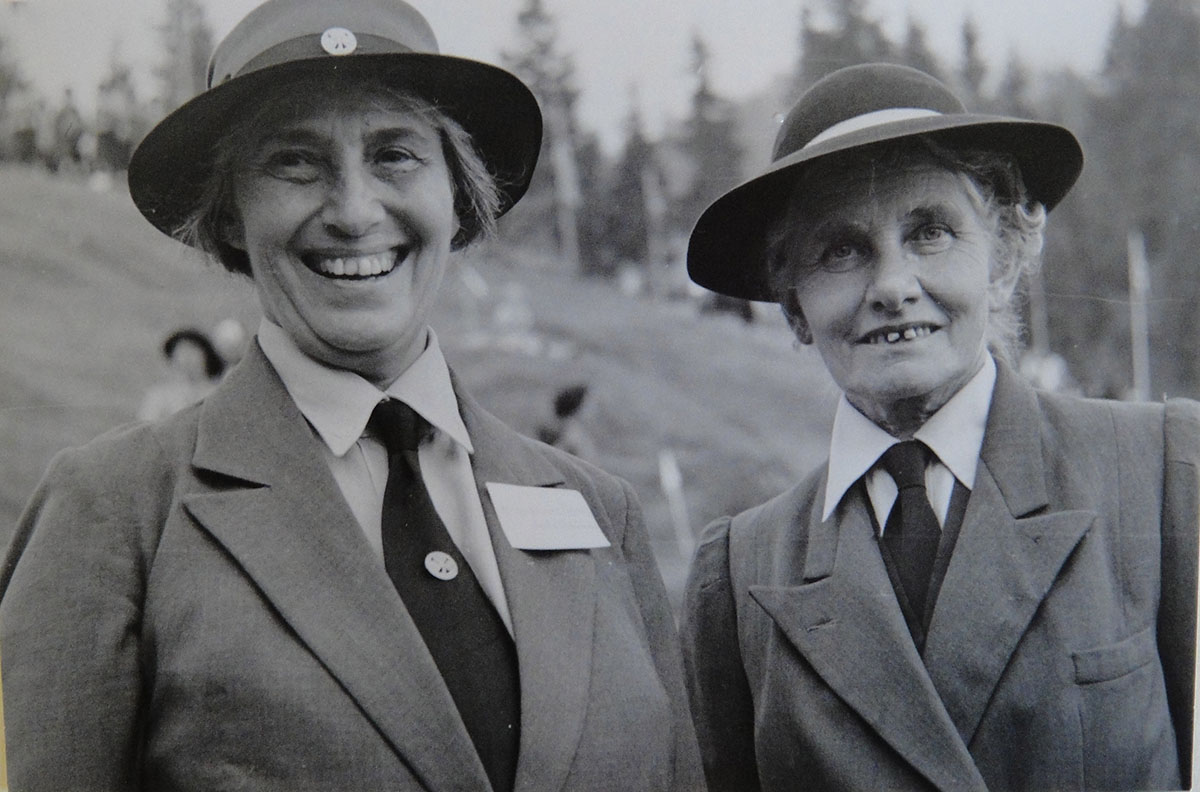
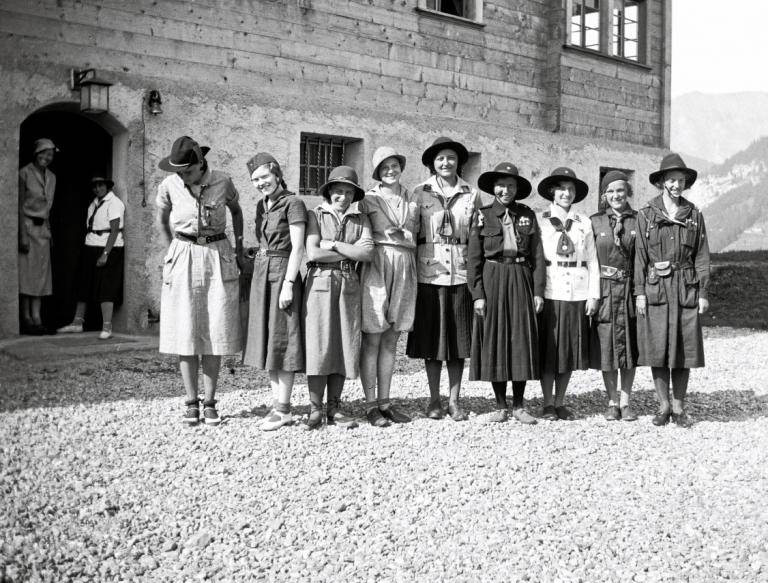
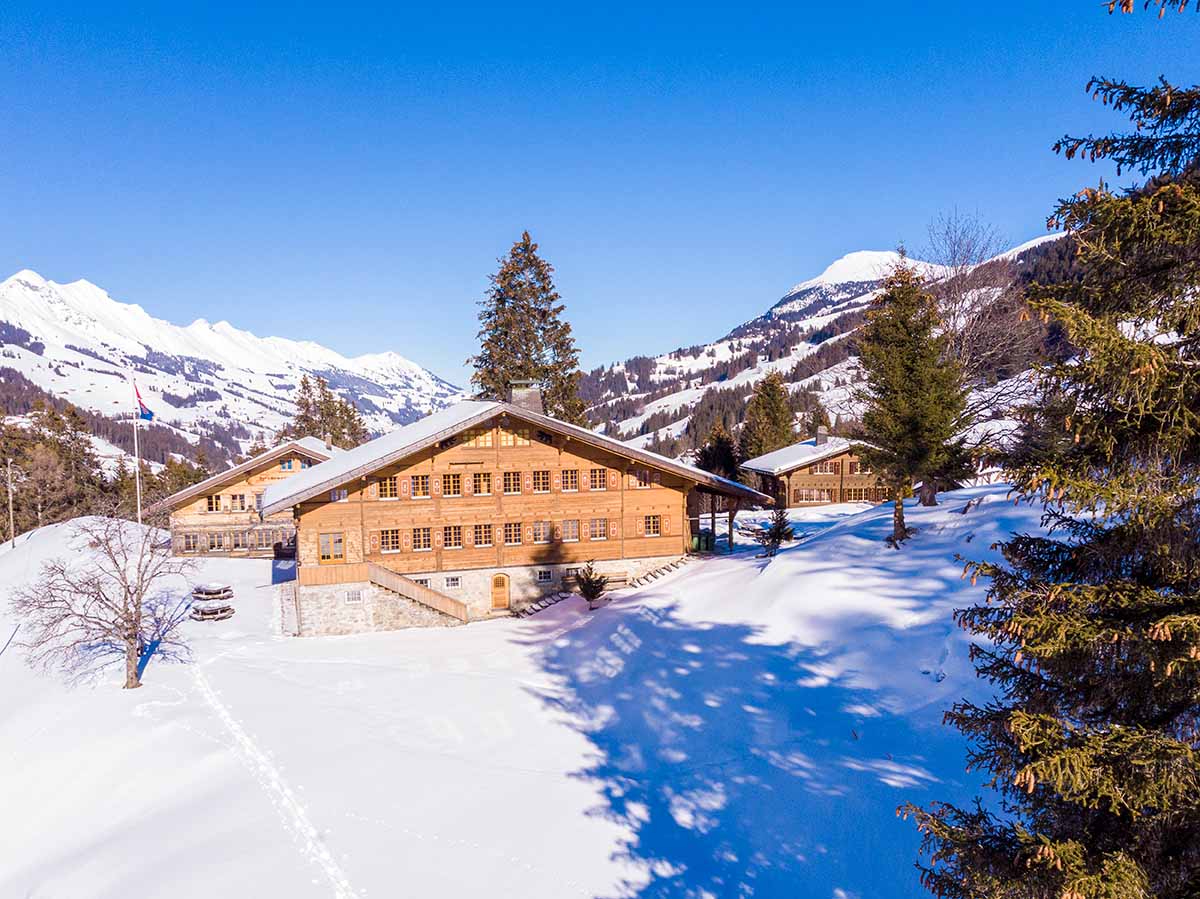
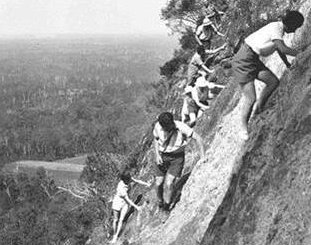
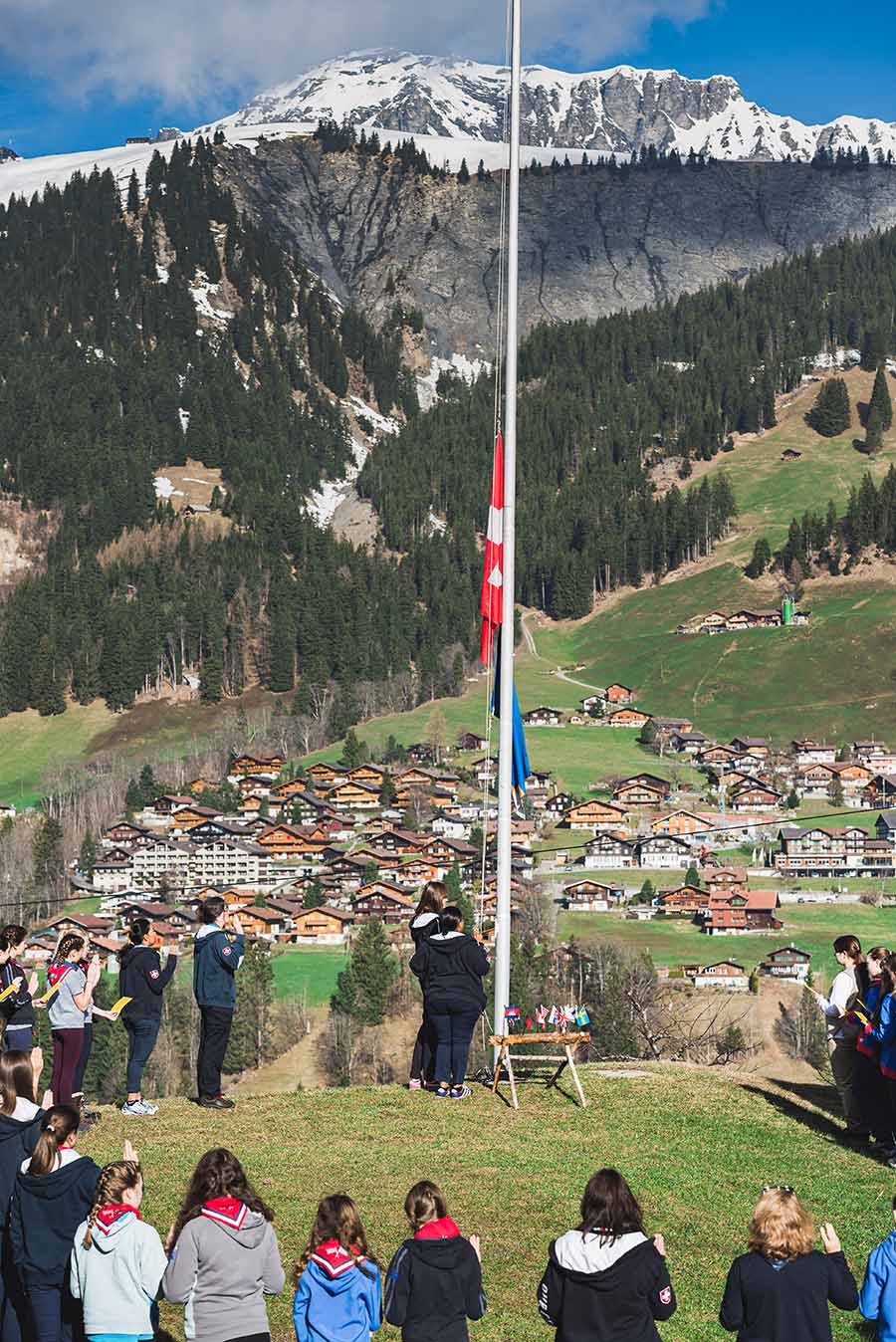
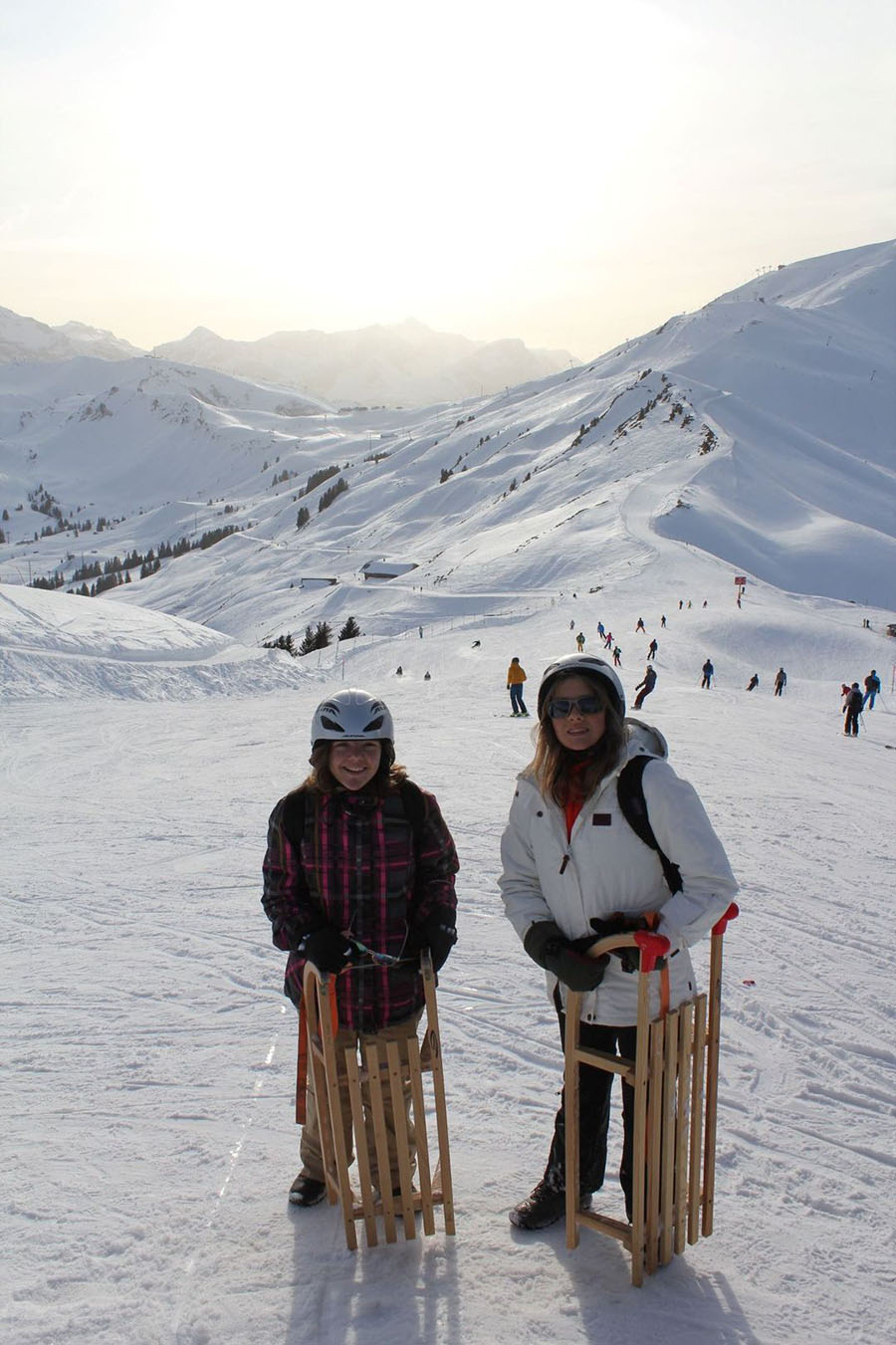
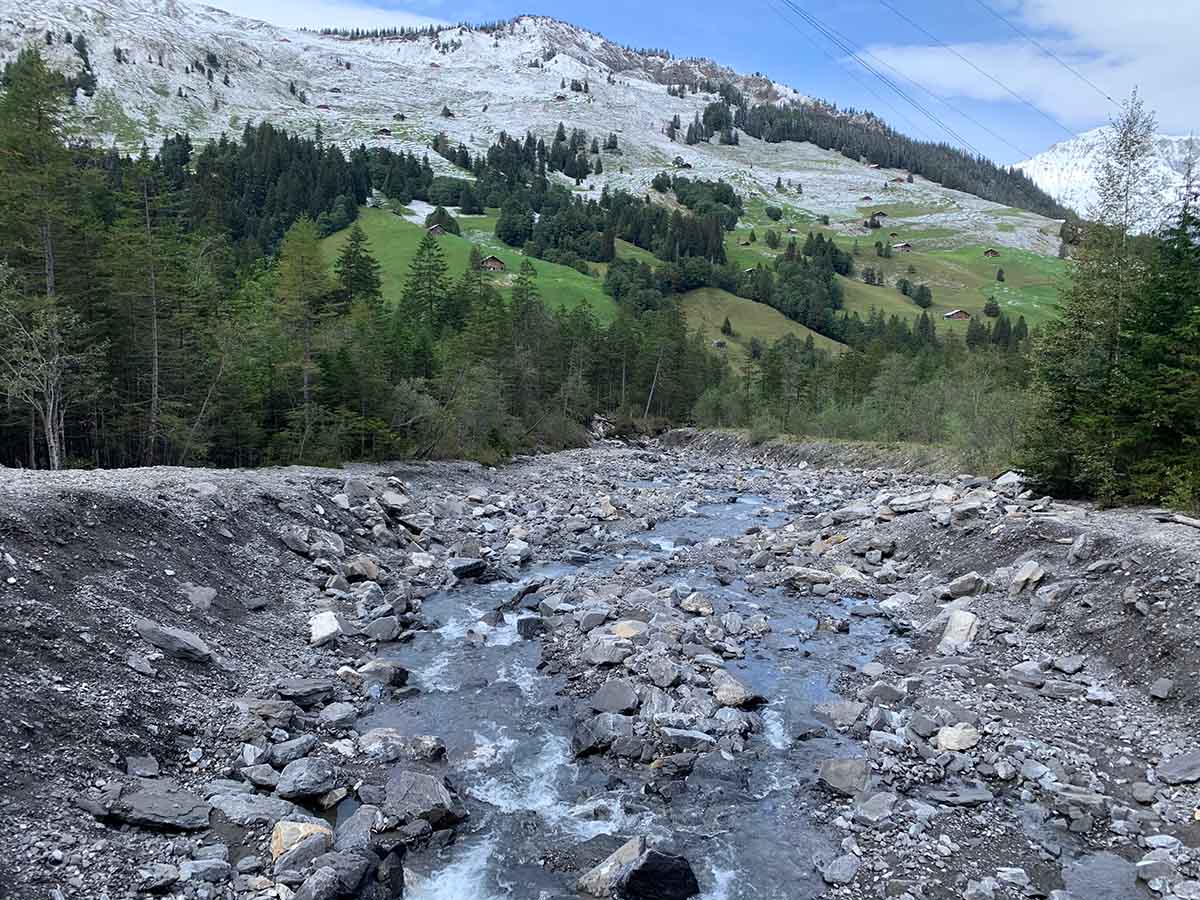
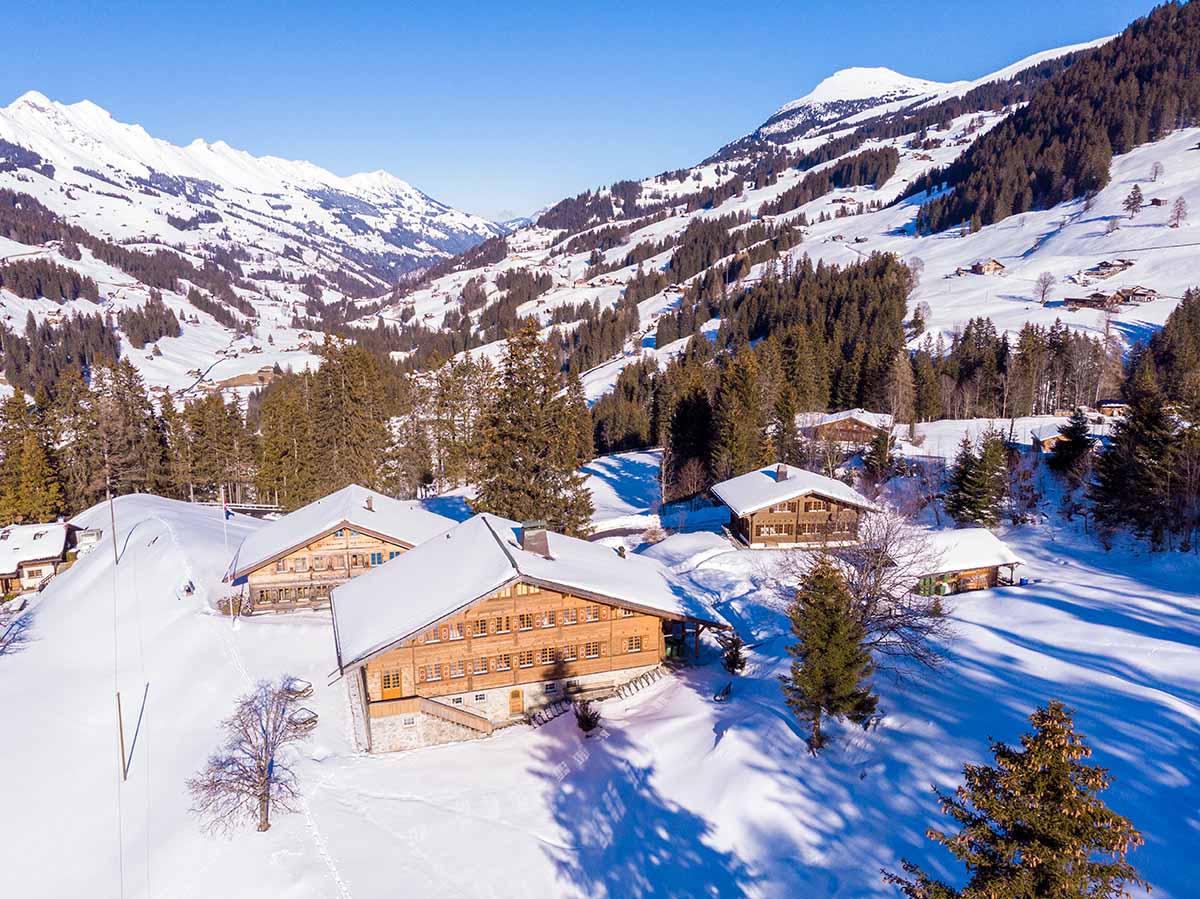
The building of Our Chalet
Three months later, the concrete basement was built and the wood for the rest of the house was cut; on 21 December 1931 the roof was put on. Mrs Storrow came back in May 1932 to see the completed Chalet. There were many gifts from people around the world that are still found at Our Chalet today in the Helen Storrow Room and in the American Room.
During her visit, Helen Storrow decided that she would like a little house of her own where she could stay and receive her own guests. She also wanted it to be ready for the official opening two months later! Thus, Baby Chalet was built and is still available today for guests to stay in during the warmer months.
On 31 July 1932, Our Chalet was formally opened by the first World Chief Guide, Olave Baden-Powell, and Helen Storrow. Most of the village of Adelboden was present along with Girl Guides and Girl Scouts from around the world.
The Chief Scout, Lord Baden-Powell, challenged Our Chalet to become a school of goodwill and understanding among the future women of the world.
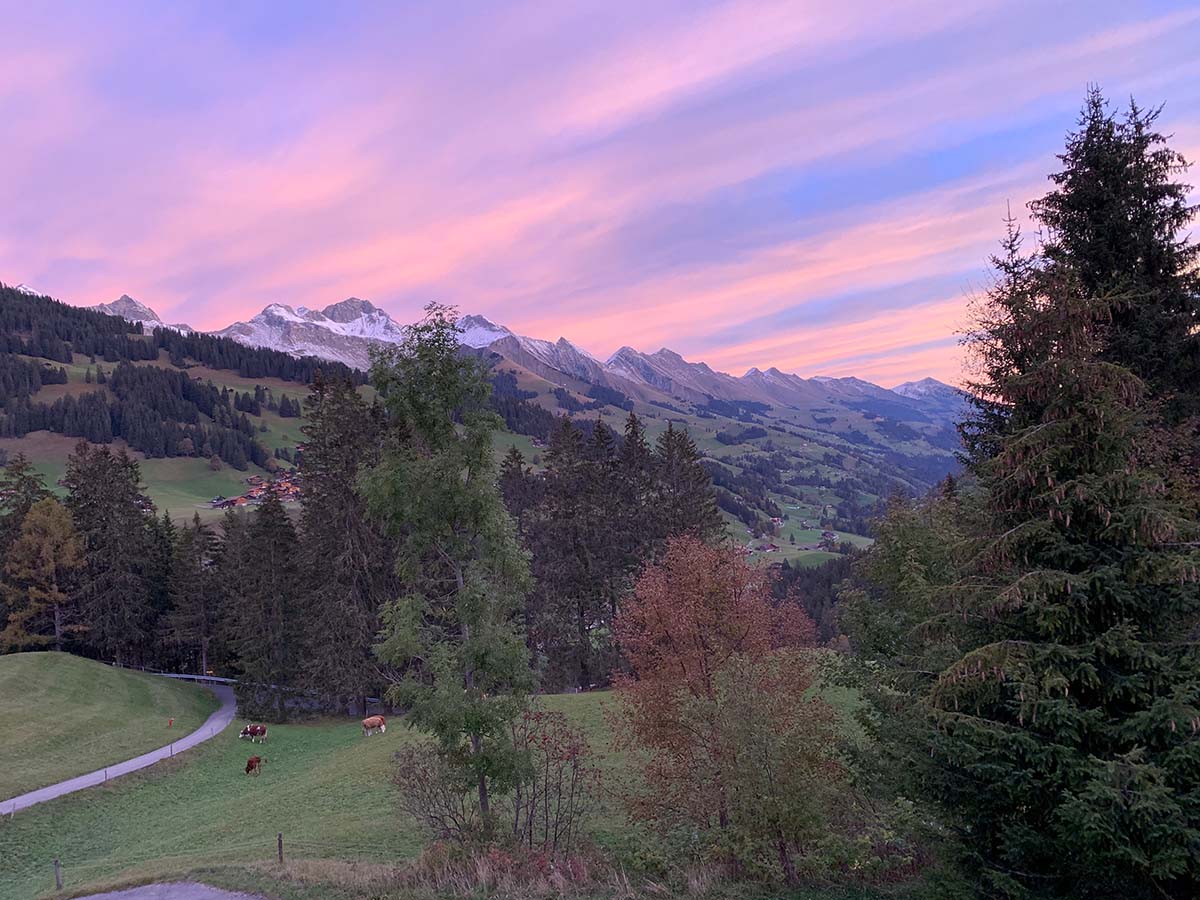
A world meeting place
Falk became the World Centre’s first Guider in Charge (Centre Manager), and Our Chalet soon became the recognised meeting place for Girl Guides and Girl Scouts world-wide.
You can read more about Our Chalet since its opening on the Our Chalet Past & Present page.

